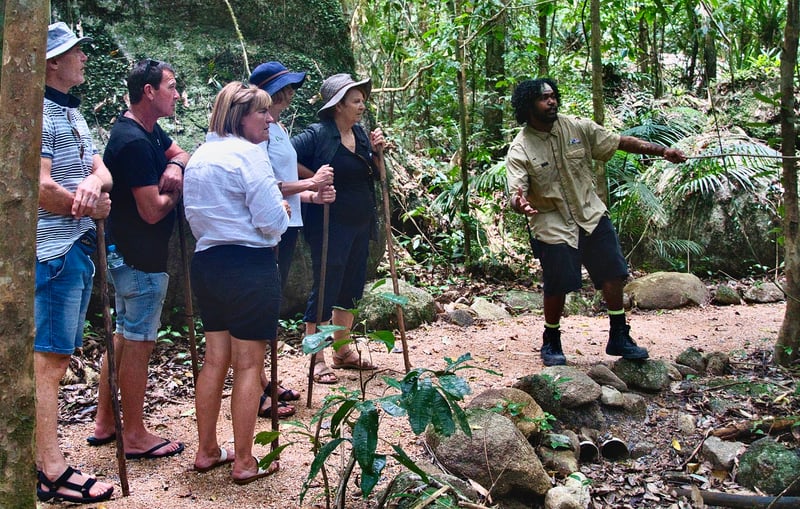Watering Guide
Essential Plant Care Advice + Watering Guide
Introduction
Welcome to our guide on essential plant care advice and watering tips. Whether you're a seasoned plant parent or just starting your green journey, this guide will provide you with the knowledge you need to keep your plants thriving and healthy.
1. Light and Placement
Plants require varying levels of light to photosynthesize and grow. Ensure you place your plants in the right spot based on their light requirements. Low light plants are ideal for rooms with minimal sunlight, while high light plants need direct sunlight.
2. Watering Guide
Proper watering is essential for plant health. Here's a general watering guide to help you keep your plants hydrated:
a. Check Soil Moisture
Before watering, check the soil moisture level. Stick your finger about an inch into the soil; if it feels dry, it's time to water. If it's still moist, wait a few more days before watering again.
b. Watering Frequency
The watering frequency varies based on plant type, size, and environment. While some plants like to dry out between waterings, others prefer consistently moist soil. Research your specific plant's needs for the best results.
c. Watering Techniques
Avoid overwatering by ensuring proper drainage in your pots. Water thoroughly until it drains out from the bottom, and empty any excess water from the saucer to prevent root rot.
3. Signs of Overwatering and Underwatering
Knowing the signs of overwatering and underwatering is crucial to adjust your watering routine accordingly:
- Overwatering: Yellowing leaves, mushy stems, and moldy soil.
- Underwatering: Wilting leaves, dry and crispy foliage, and soil pulling away from the pot's edges.
4. Humidity and Temperature
Consider the humidity and temperature levels in your home. Most houseplants thrive in normal room temperatures (around 65-75°F) and appreciate some humidity. You can increase humidity by misting the leaves or using a humidifier.
Conclusion
By following these essential plant care tips and the watering guide, you'll be better equipped to nurture your plants and create a thriving indoor garden. Remember that each plant is unique, so observe how they respond to your care and adjust accordingly. Happy gardening!


